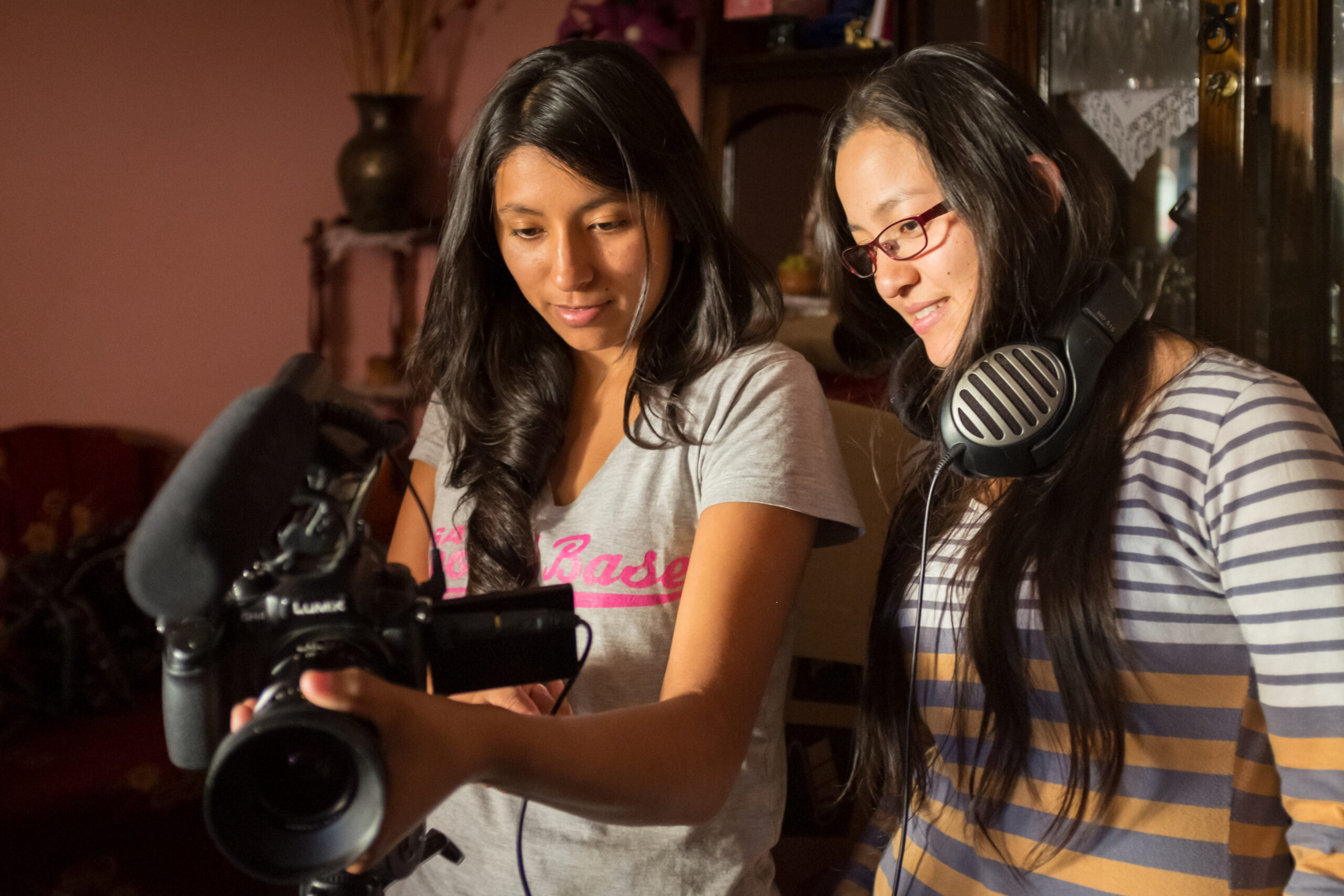UNESCO PRESS RELEASE
Charting a Path for Indigenous Media
9th October 2023
The Public Media Alliance participated in a panel discussion about developing an Indigenous media strategy, held by UNESCO in Geneva in July 2023.

This press release was originally published on UNESCO and is republished with permission.
A recent dialogue lead by UNESCO showed a significant step toward a future study on Indigenous Peoples and the Media. Hosted by UNESCO on 19 July 2023 in Geneva, Switzerland, alongside the 16th session of the Expert Mechanism on the Rights of Indigenous Peoples (EMRIP), this event responded to the UN Permanent Forum on Indigenous Issues (UNPFII) recommendation to conduct a study on Indigenous Media for presentation in 2025. The meeting brought together representatives from Indigenous media, public broadcasters, academics, human rights advocates and other stakeholders.
Read more: PSM Unpacked | Connecting with and serving Indigenous audiences
Guided by Article 16 of the UN Declaration on the Rights of Indigenous Peoples (UNDRIP), the panel proposed two central aspects for the forthcoming study:
1. Assessment of the status of Indigenous Media around the world
The study aims to comprehensively evaluate Indigenous Peoples’ right to establish and manage their own media. This entails reviewing relevant documents, analyzing existing practices, engaging extensively with Indigenous Media and crafting an evidence-based methodology for future recommendations.
Mr Julian Burger, Visiting Professor at the University of Essex and former Head of OHCHR’s Indigenous Peoples and Minorities Programme, emphasized the need for a detailed media landscape mapping, legal recognition of Indigenous media, capacity building for Indigenous media professionals and addressing funding challenges.
Indigenous media should be free and independent, including from the Tribal Councils, and provide critical and alternative views to Indigenous Peoples and society at large. The editorial independence lays the foundation to access reliably, truthful, fact-based information to Indigenous communities.”
– Mr Kenneth Deer, Chief Administrative Officer, Indigenous World Association and Former Editor-in-Charge and Publisher, Eastern Door Newspaper
2. Engagement with States and accountability of Media
The study also seeks to foster dialogue between rights holders and duty bearers, including States, State media and public broadcasters. It will examine their role in ensuring equitable representation of Indigenous perspectives.
Mr Harry Lock, Editorial Manager of the Public Media Alliance and Ms Dorien Verckist, Senior Media Analyst of European Broadcasting Union, advocated for the integration of Indigenous journalism within media organizations and the development of comprehensive strategies for engagement with Indigenous media, as well as the importance of reliable data to prepare evidence-based study.
Moreover, the panel discussed the need for guidelines covering issues such as sovereignty, self-determination, freedom of expression, freedom of the press and the inherent right to storytelling as indicated in Article 16 of UNDRIP. They stressed the significance of data-driven decision-making, the accountability of Public Service Broadcasters and the development of consultative mechanisms for the study’s preparation.
“Indigenous journalism, as a distinctive practice, has been exercised by Indigenous people since time immemorial, particularly in relation to storytelling.”
– Ms. Francine Compton, Associate Director, Indigenous Journalist Association (IJA)
This meeting set the stage for a transformative study, aiming to impact long-term media operations, management practices and create opportunities for Indigenous media professionals.
The study will focus to play a pivotal role in addressing the rights and representation of Indigenous Peoples in the media landscape.
Related Posts
22nd August 2023
PSM Unpacked | Connecting with and serving Indigenous audiences
Our global membership recently joined…
9th August 2023
SBS & NITV keep audiences informed on referendum on Indigenous Voice
SBS is providing unparalleled news and…
24th January 2023
SABC indigenous language news channel to be launched
SABC plans to improve news provision…


